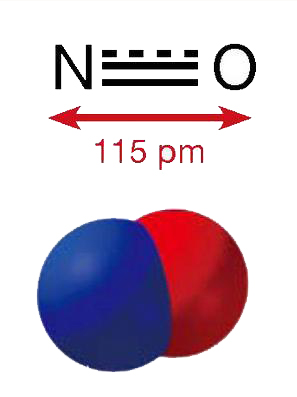What is nitrogen oxide?
Nitrogen oxides (NOx) mainly include nitrous oxide (N2O), nitric oxide (NO), nitrogen dioxide (NO2), nitrite, nitric acid, and a small amount of nitric oxide, nitric oxide, nitric oxide and nitrous oxide. Some of them are unstable in the atmosphere and can easily be converted to NO and NO2 at room temperature. Usually nitrogen oxides (NOx) are the general names of NO and NO2, and are expressed as "NOx".
The main man-made sources of nitrogen oxides are automobiles, power plants and factories. In the past, the biggest sources of nitrogen oxides in the air were coal-fired power plants, boilers and so on.
Nitrogen Oxide
In large cities, most nitrogen oxides come from vehicle exhaust emissions. Nitrogen oxides are produced by the high temperatures and oxygen-rich conditions of combustion in an internal combustion engine when the car is in motion.
Atmospheric nox emissions can cause a variety of environmental impacts, mainly manifested in five aspects: nox pollution, ozone pollution, acid deposition, particulate matter pollution, eutrophication and other problems.
Nitrogen oxide, as a primary pollutant, is harmful to human health. What's more, nox also produces a variety of secondary pollutants! It is one of the important substances that produce ozone and is closely related to ozone concentration and photochemical pollution. Nitrogen oxides also cause soil acidification. The release of nitrogen oxides and sulfur dioxide into the atmosphere causes acid rain. Nitrogen oxides also fall into rivers, lakes and oceans through rainwater and enter groundwater, resulting in eutrophication of water bodies. Eutrophication can also cause changes in soil chemistry, namely soil acidification and ecosystem imbalance.





 Facebook
Facebook YouTube
YouTube LinkedIn
LinkedIn Twitter
Twitter